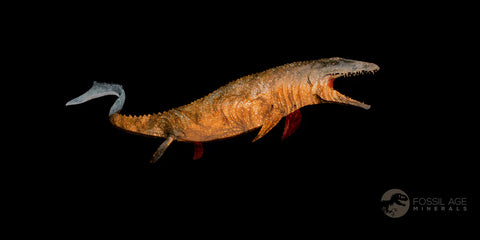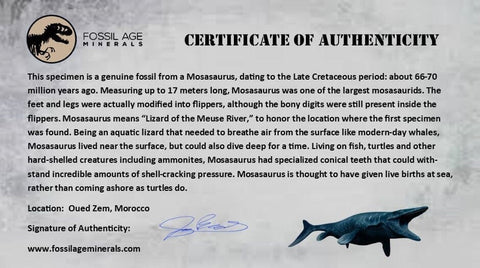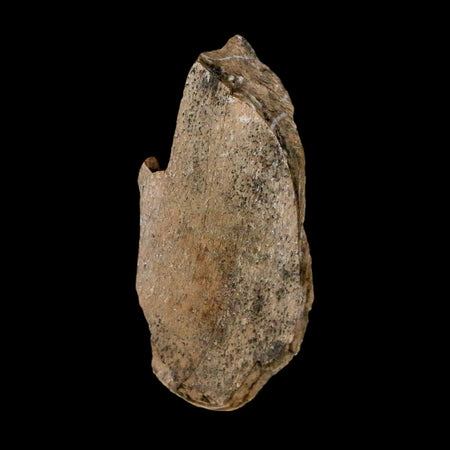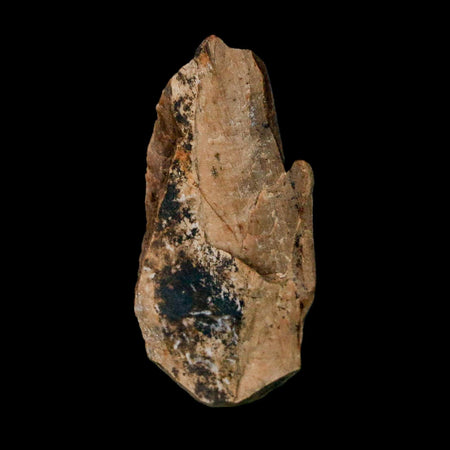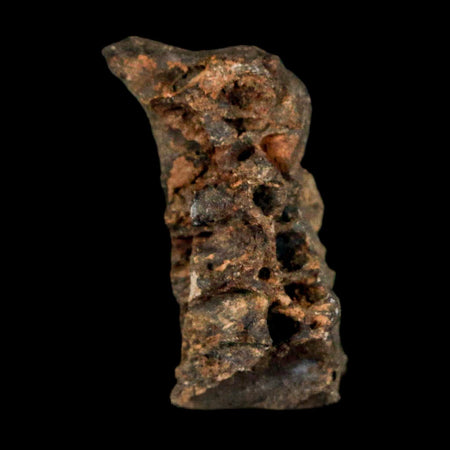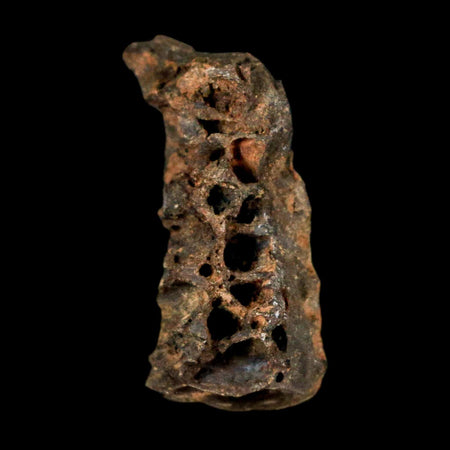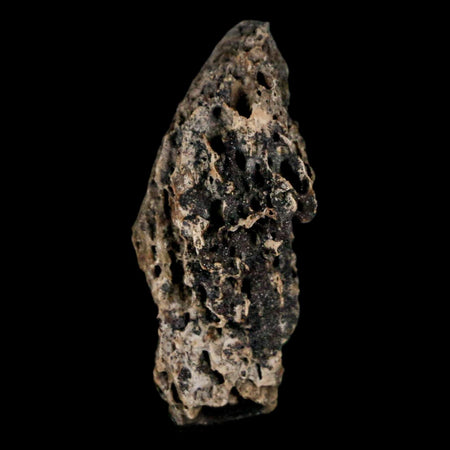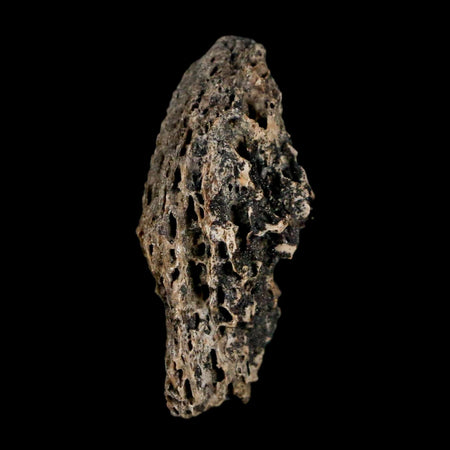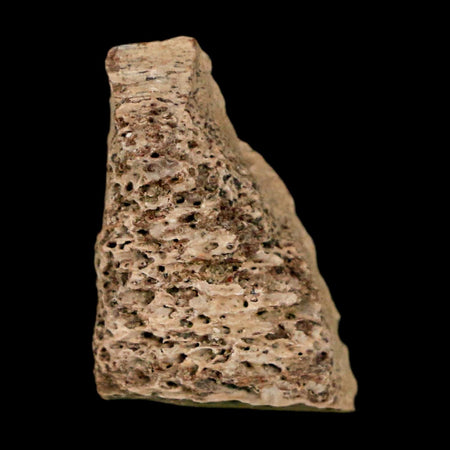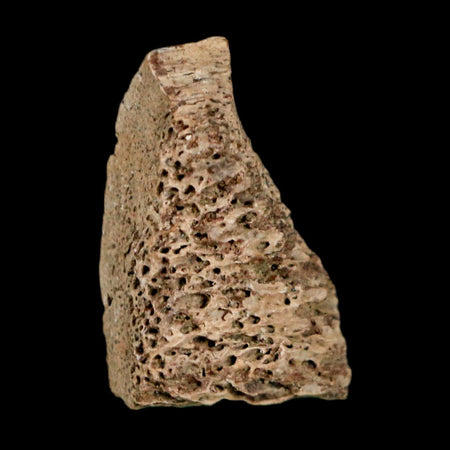2.4" Mosasaur Eremiasaurus Fossil Tooth Rooted Cretaceous Dinosaur Era COA
Location: Oued Zem, Morocco
Weight: 0.6 Ounces
Dimensions: 2.4 Inches Long, 0.9 Inches Wide, 0.4 Inches Thick
Comes with a Certificate of Authenticity.
The item pictured is the one you will receive.
100 - 66 Million Years old, Upper Cretaceous, Maastrichtian Epoch.
Eremiasaurus Heterodontus is an exciting, now-extinct genus of mosasaur, part of a fascinating group of large marine reptiles that roamed during the Late Cretaceous period. The name Eremiasaurus combines Greek words "eremia" (desert) and "sauros" (lizard), highlighting the desert setting where its fossils were found. The species name heterodontus points to its distinctive heterodont teeth, which are a special feature of this mosasaur.
This remarkable creature is known for its unique dental structure, showcasing a variety of tooth shapes designed for different tasks. Unlike many mosasaurs with teeth that look alike, Eremiasaurus heterodontus had a specialized set with different tooth types along its jaws. This heterodonty hints at a diverse diet, possibly including both soft prey and shelled creatures, helping it to make the most of the food available in its marine world.
Fossil discoveries suggest that Eremiasaurus heterodontus was a medium-sized mosasaur, likely several meters long. Its skeletal features, including its skull and vertebrae, classify it within the Mosasauridae family, particularly in the Tethysaurinae subfamily. This group is known for their slender build and agility, perfect for swift swimming. The discovery of Eremiasaurus heterodontus offers valuable insights into how mosasaurs evolved and their roles in Late Cretaceous marine ecosystems.

Please be aware of the nature of fossils:
Being buried under the ground for millions of years under intense pressure can be quite rough. No fossil emerges from the earth completely intact or perfect. Most fossils require some form of restoration, and some are even modified by humans to improve their appearance. The workers in Morocco do a highly professional job of uncovering and preserving these natural treasures, though natural cracks are often visible on the surface. These cracks are part of the fossil's natural beauty and are not seen as flaws.








